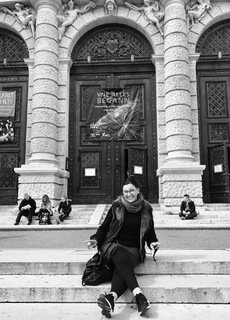This museum is one of the most important in the world which I have last seen in my childhood. I finally came back for a visit to photograph a little part of "The History Of Earth", a stunning collection of 30 Million objects. The earliest are more than 250 years old.
Giraffe skeleton

The variety of nature can be practically experienced from dinosaurs, insects to gemstones, minerals and pterodactyls and so much more.
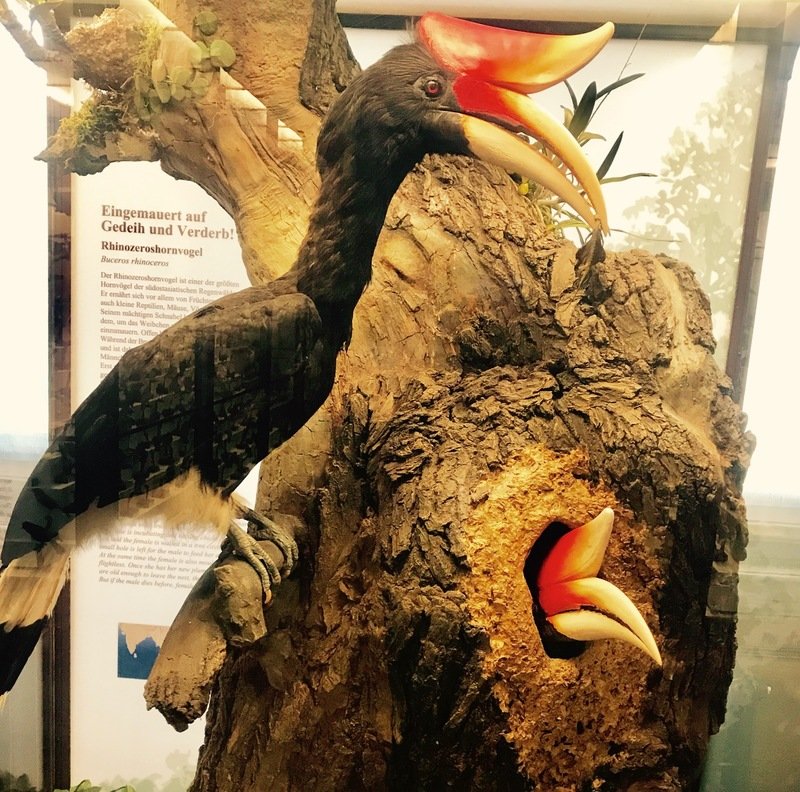
I will post lots of random photos but focus on the numerous taxidermy specimens of animals that are either extinct or threatened with extinction, which make the collection so much more valuable.

10 Fascinating Extinct Animals
1.Tyrannosaurus Rex (extinct 65 million years ago)
2. Quagga: half zebra, half horse (extinct since 1883)
3. Thylacine: the Tasmanian Tiger (extinct since 1936)
4. Steller's Sea Cow: the defenseless beast (extinct since 1768)
5. Irish Deer: the largest deer that ever lived (extinct about 7,700 years ago)
6. Caspian Tiger: the third largest (extinct since 1970)
7. Aurochs: a very large type of cattle (extinct since 1627)
8. Great Auk: largest of all auks (extinct since 1844)
9. Cave Lion: one of the largest lions ever (extinct 2,000 years ago)
10. Dodo: the archetype of extinct species (extinct since late 17th century)
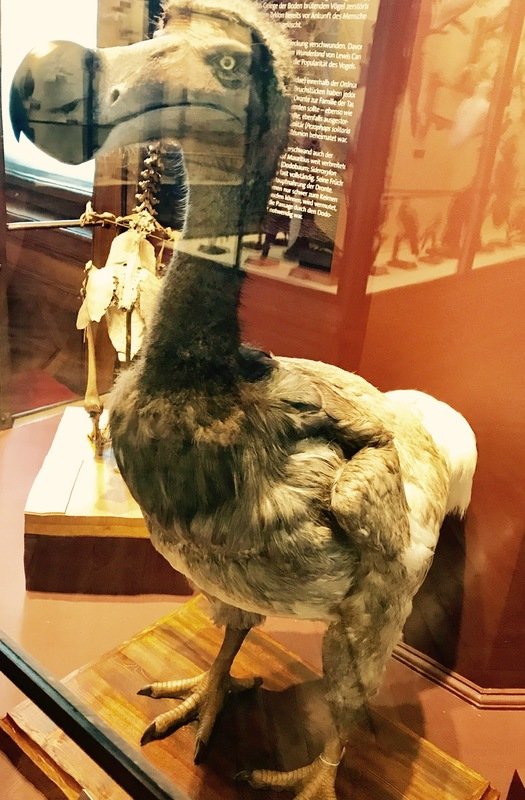
The dodo (Raphus cucullatus) is an extinct flightless bird that was endemic to the island of Mauritius, east of Madagascar in the Indian Ocean. The dodo's closest genetic relative was the also extinct Rodrigues solitaire, the two forming the subfamily Raphinae of the family of pigeons and doves.
Tasmanian Wolf or also called Tiger

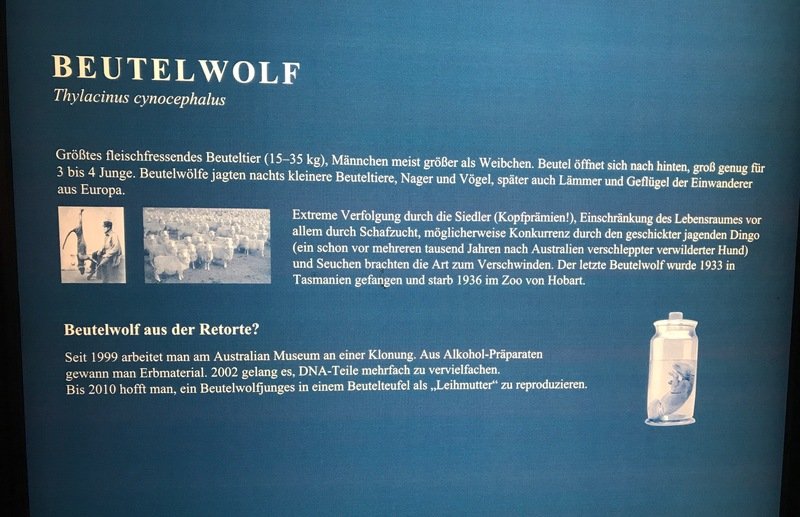
You can find more info about the building at https://www.wien.info

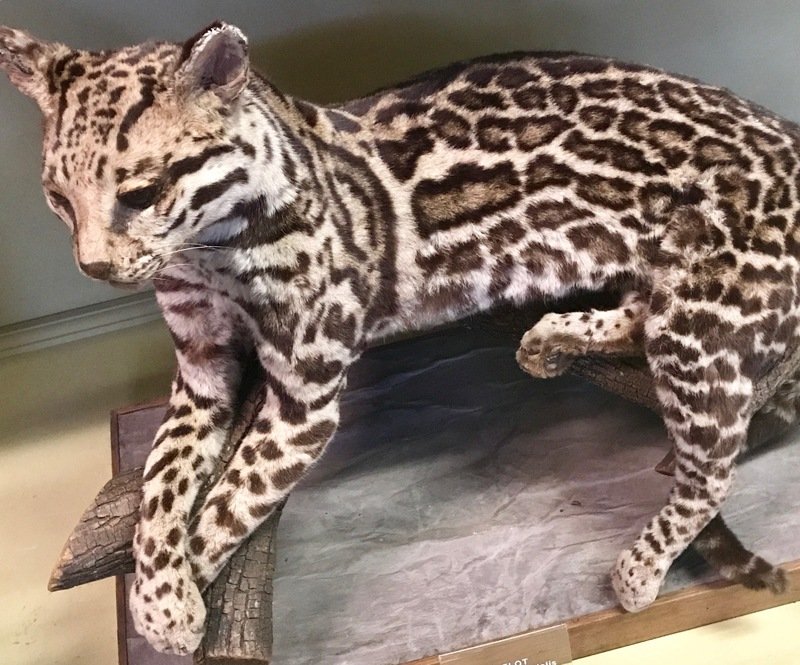

The collection, which is constantly growing, has been housed since 1889 in a mighty “palace of natural sciences” on the Ringstraße road running around Vienna city center. The combination of the architecture, sculptures, paintings, furniture, and valuable exhibits make the museum a rare gem of great cultural importance. Source NHM Wien

I cannot mention all halls in this impressive building but chose just a few and included my images I captured. You can find part1 in this article I wrote earlier.


Fancy A Coffee And Kaiserschmarrn Around The Beauty Of Natural History Museum in Vienna (Part1)


Zoological Collection (Vertebrates, Halls 25-39)
The majority of the first floor is dedicated to the world of vertebrate animals: 600 mammals, 3,200 birds, 700 fish and 500 reptiles are displayed. Some of them are already decades old, including the remains of animals which are today very rare, highly endangered or even extinct. The skeleton of a dodo (extinct since 1680), a great auk (hunted to extinction in 1844), Tasmanian wolf, Javan rhinoceros, and giant panda are among the priceless exhibits. Highlights in the fish collection include the West Indian Ocean coelacanth (Latimeria chalumnae), a “living fossil", and the Trachipterus arcticus – at 5.5 m one of the longest ever found – while the Komodo dragon (3 m long and weighing 135 kg) is the largest living lizard and the star of the reptile collections- Source
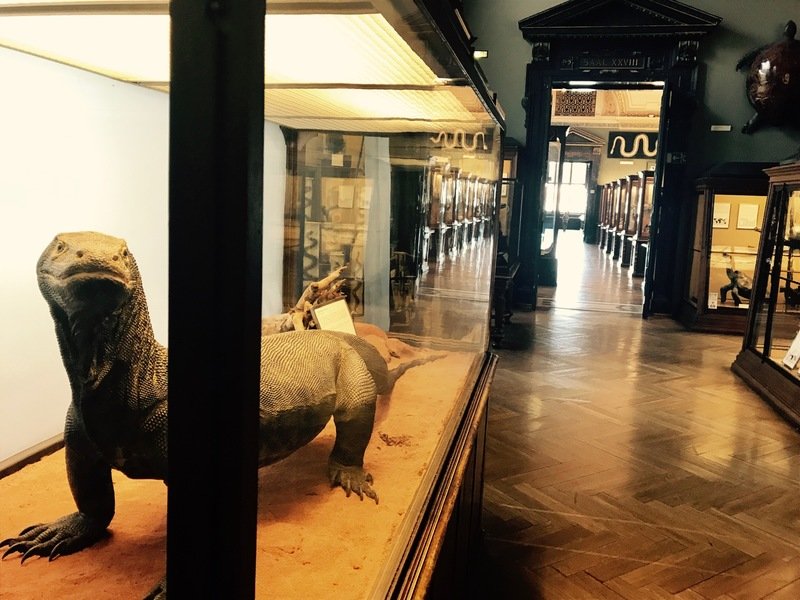




Insects (Hall 24)
Insects are the animal group with the largest number of individual species, therefore at the NHM Vienna they have their own separate room.



My Favourite Hall - Dinosaur Collection (Hall 10)
The dinosaur hall presents the skeletons and remains of the gigantic prehistoric animals with a lifelike allosaurus that moves and makes terrifying noises. The model was built for the Natural History Museum on the basis of the latest scientific findings. The world's first living model of a bird of terror in the original size and new exhibits of a fascinating horned dinosaur skull supplement the impressive permanent exhibition.

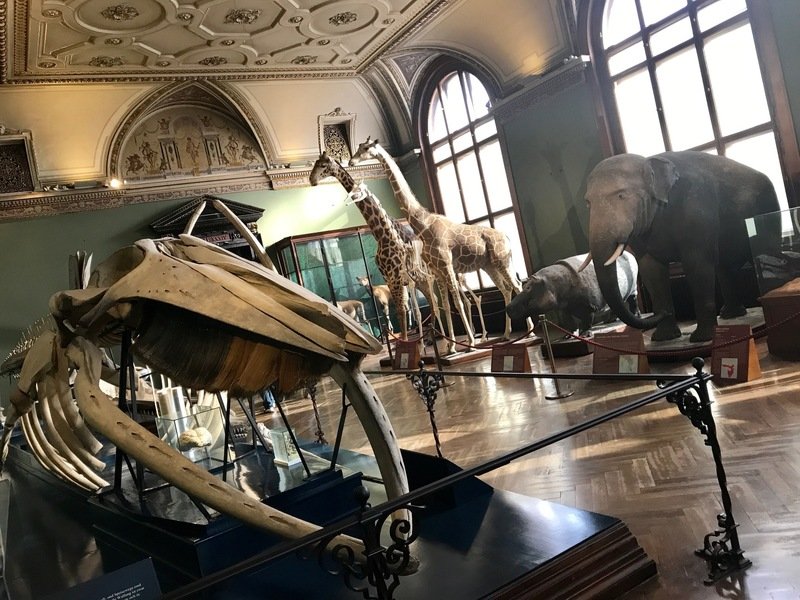

to be continued soon with .......part3 .....




Those 2 are the cutest?
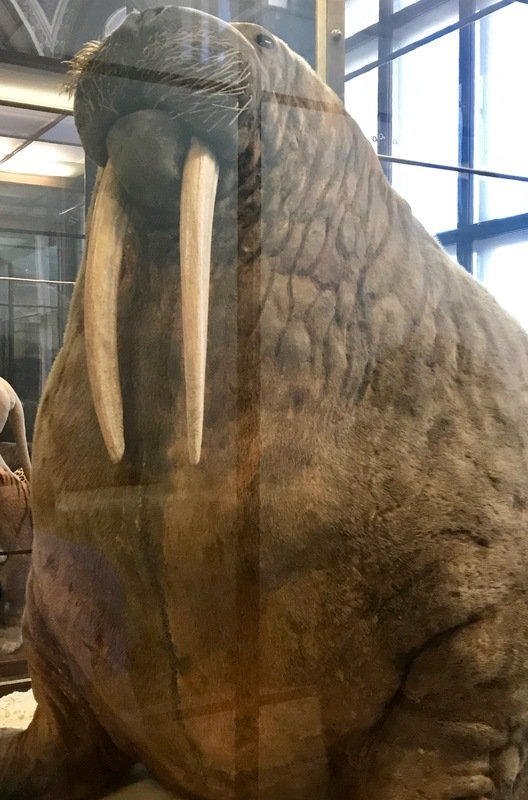

I am writing those articles for everybody who comes to visit my hometown and especially for my airbnb guests.
Feel free to rent my Room. You are more than welcome!
How to become A **SUPERHOST** on AIRBNB
Yours

